
University of Glasgow, Glasgow, Scotland
| Home | Abstracts | Program | Speakers | Webinar | Directions | Conduct |
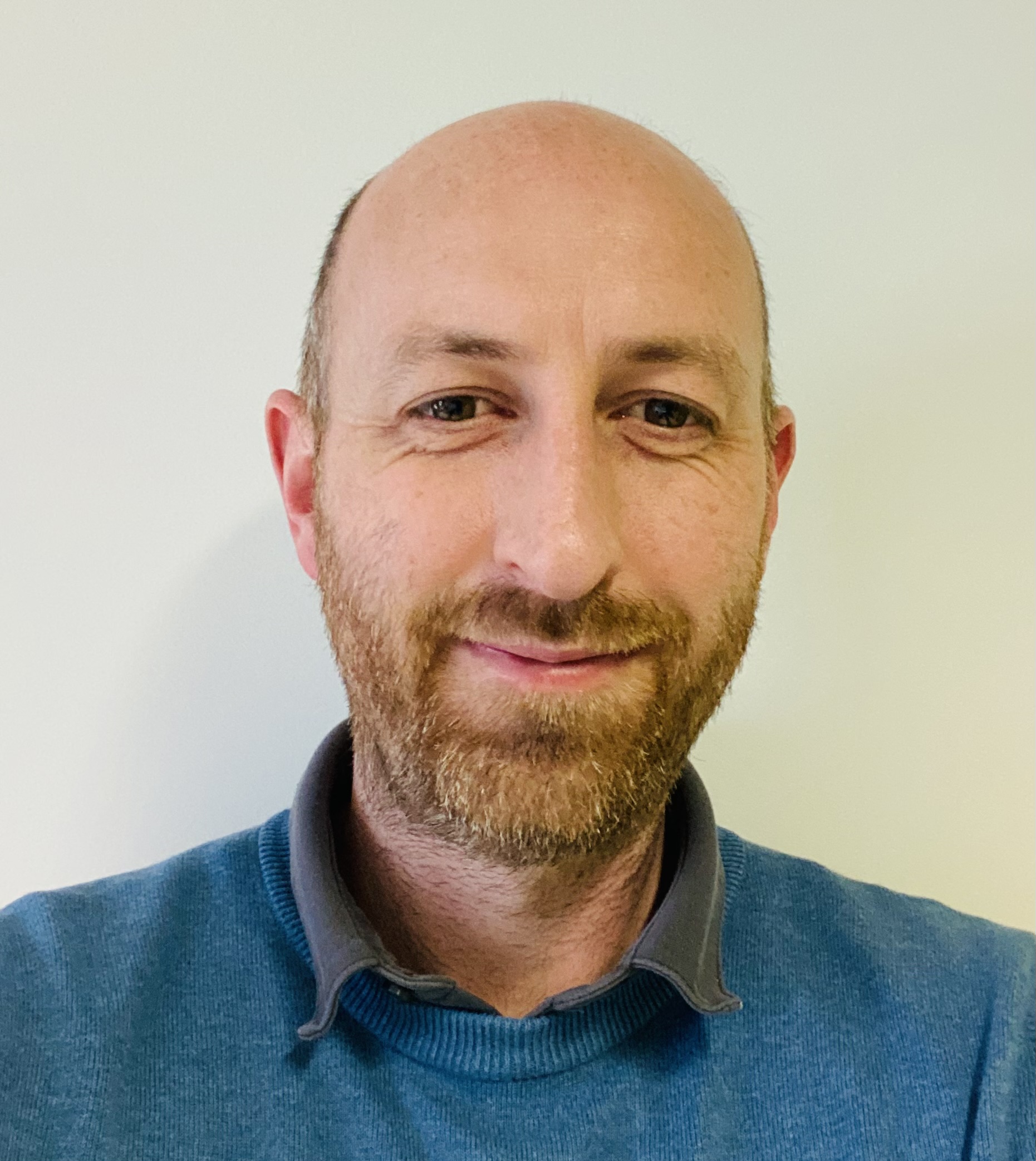
We lift the suspence and proudly unveil our mystery speaker:
In vivo multimodal microscopic sub-endocardial imaging using optical catheters in a sheep model of myocardial infarction
|

Martin Bishop (he/him), King's College London, UK
Computational simulation in experimental and clinical cardiac electrophysiological research: interactions with novel optical imaging technologies
|
|
Tobias Brügmann (he/him), Institute for Cardiovascular Physiology, University Medical Center Göttingen, Germany
Cardiotoxicity screening with pig ventricular slices
|
|
Gil Bub (he/him), McGill University, Montreal, Canada
High throughput, long duration imaging technologies
|

Francis Burton (he/him), University of Glasgow, Scotland
Making light work of single cell cardiac electrophysiology: maximising fidelity and throughput
|

Chris Dunsby (he/him), Imperial College London, UK
High-speed 3D light-sheet microscopy
|
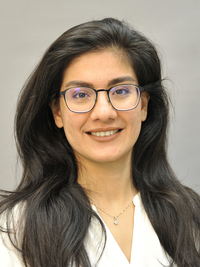
Sayedeh Hussaini (she/her), Max Planck Institute for Dynamics and Self-Organisation, Göttingen, Germany
Temporal modulation of cardiac excitability using optogenetics: exceptional efficacy in terminating cardiac arrhythmia
|
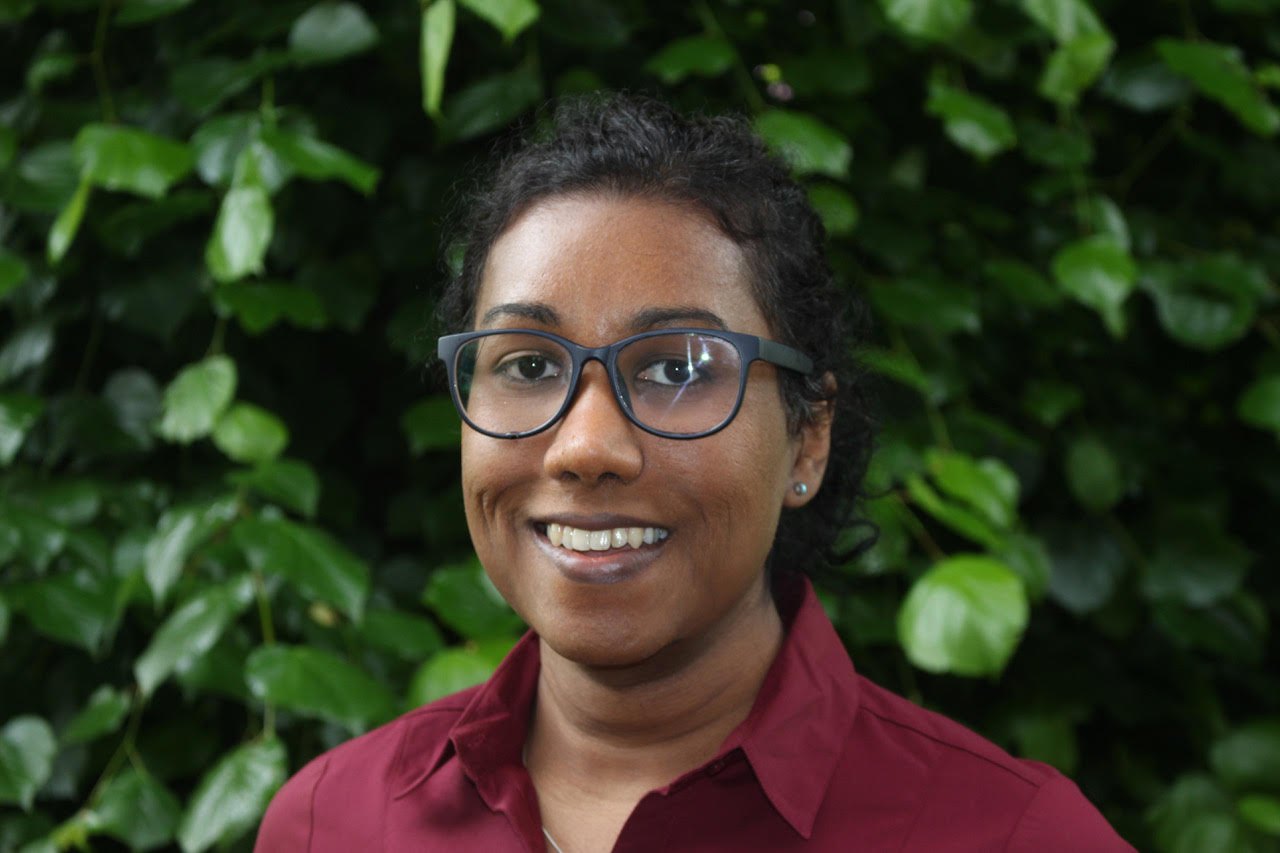
Izzy Jayasinghe (she/her), School of Biosciences, The University of Sheffield, UK
Correlative super-resolution microscopy for understanding the structural basis of fast, calcium signals in the heart
|

Daniël Pijnappels (he/him), Laboratory of Experimental Cardiology, Department of Cardiology, Leiden University Medical Center, Netherlands
Optical control of bioelectricity to explore biological defibrillation
|
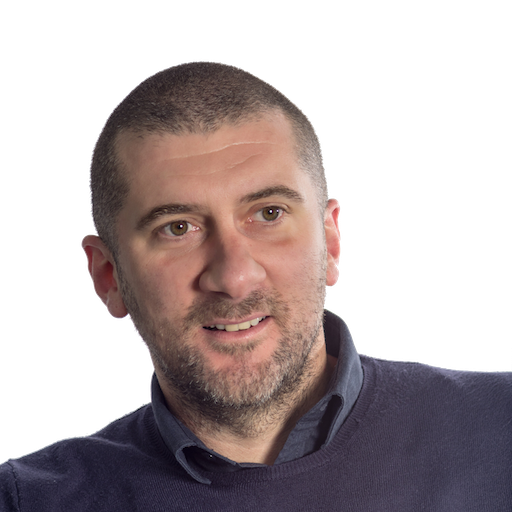
Leonardo Sacconi (he/him), INO-CNR, Florence, Italy
Correlating electrical disfunction and structural remodeling in Arrhythmogenic Mouse Hearts by advanced optical methods
|

Franziska Schneider-Warme (she/her), University Heart Centre Freiburg - Bad Krozingen and Medical Faculty, University of Freiburg, Germany
Optogenetic manipulation of the heterocellular heart
|
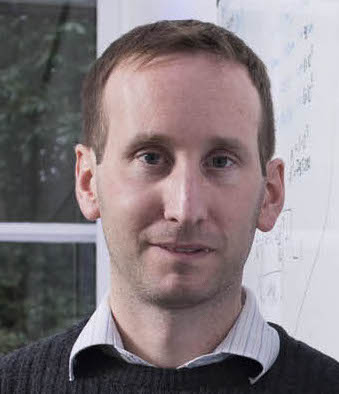
Jonathan Taylor (he/him), School of Physics and Astronomy, University of Glasgow, Scotland
Optical-computational techniques for timelapse imaging of heart structure and function in vivo.
|

Elen Tolstik (she/her), Leibniz-Institut für Analytische Wissenschaften – ISAS – e.V., Germany
Raman spectroscopy of the heart
|